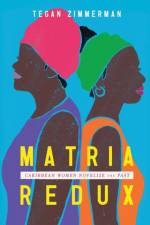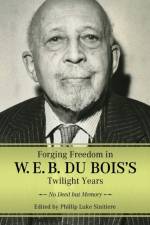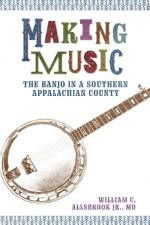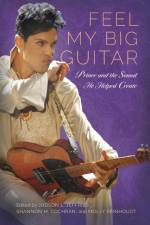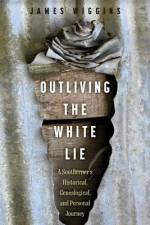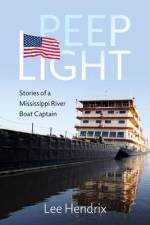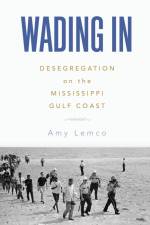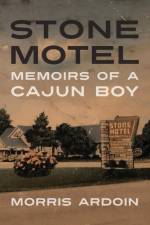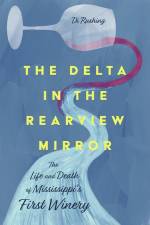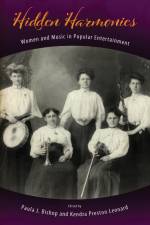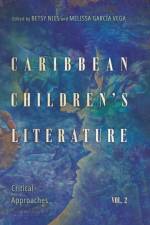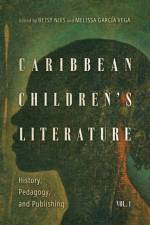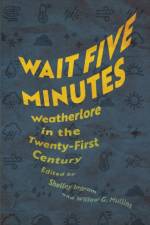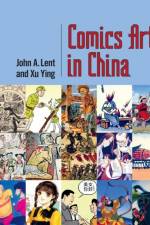1 267
Contributions by Emma Frances Bloomfield, Sheila Bock, Kristen Bradley, Hannah Chapple, James Deutsch, Máirt Hanley, Christine Hoffmann, Kate Parker Horigan, Shelley Ingram, John Laudun, Jordan Lovejoy, Lena Marander-Eklund, Jennifer Morrison, Willow G. Mullins, Anne Pryor, Todd Richardson, and Claire Schmidt The weather governs our lives. It fills gaps in conversations, determines our dress, and influences our architecture. No matter how much our lives may have moved indoors, no matter how much we may rely on technology, we still monitor the weather. Wait Five Minutes: Weatherlore in the Twenty-First Century draws from folkloric, literary, and scientific theory to offer up new ways of thinking about this most ancient of phenomena. Weatherlore is a concept that describes the folk beliefs and traditions about the weather that are passed down casually among groups of people. Weatherlore can be predictive, such as the belief that more black than brown fuzz on a woolly bear caterpillar signals a harsh winter. It can be the familiar commentary that eases daily social interactions, such as asking, "Is it hot (or cold) enough for you?" Other times, it is simply ubiquitous: "If you don't like the weather, wait five minutes and it will change." From detailing personal experiences at picnics and suburban lawns to critically analyzing storm stories, novels, and flood legends, contributors offer engaging multidisciplinary perspectives on weatherlore. As we move further into the twenty-first century, an increasing awareness of climate change and its impacts on daily life calls for a folkloristic reckoning with the weather and a rising need to examine vernacular understandings of weather and climate. Weatherlore helps us understand and shape global political conversations about climate change and biopolitics at the same time that it influences individual, group, and regional lives and identities. We use weather, and thus its folklore, to make meaning of ourselves, our groups, and, quite literally, our world.

